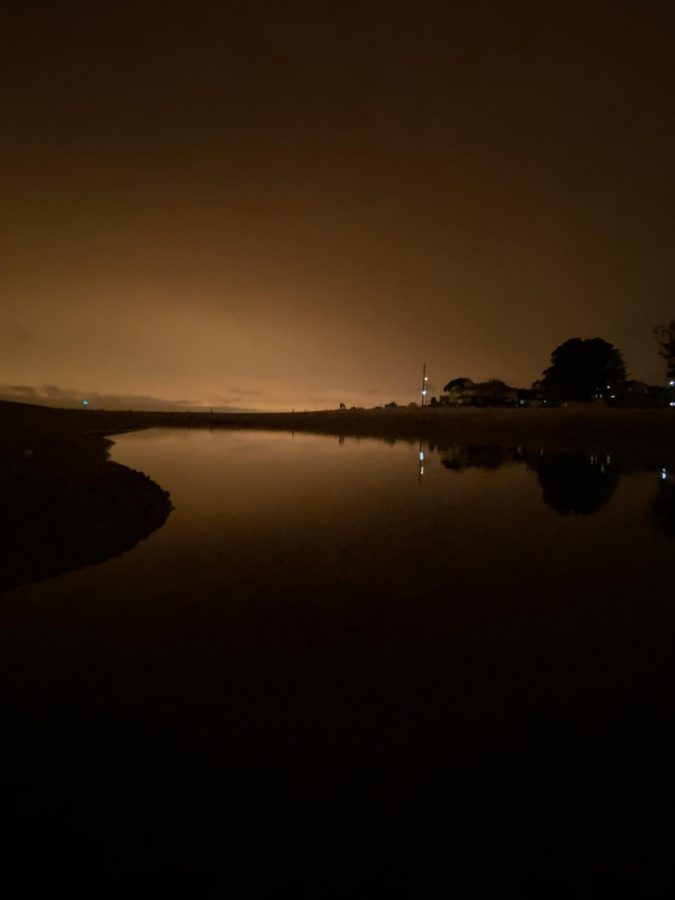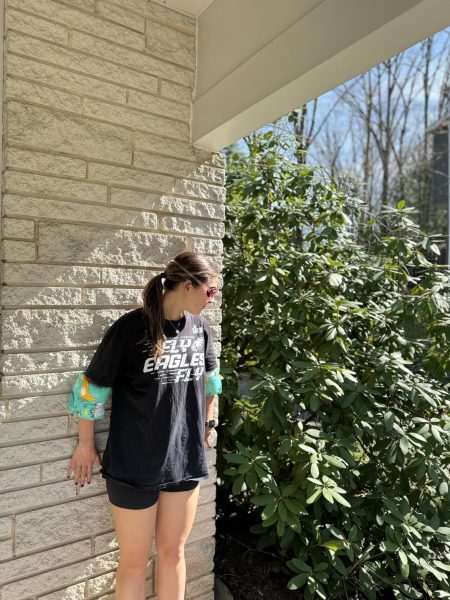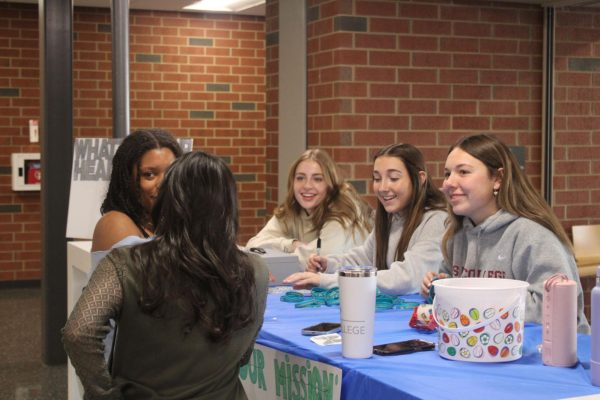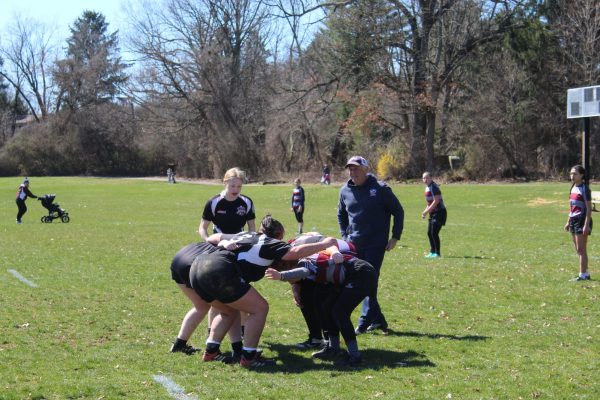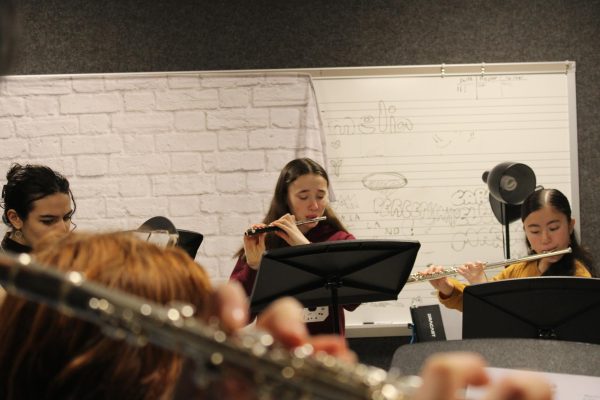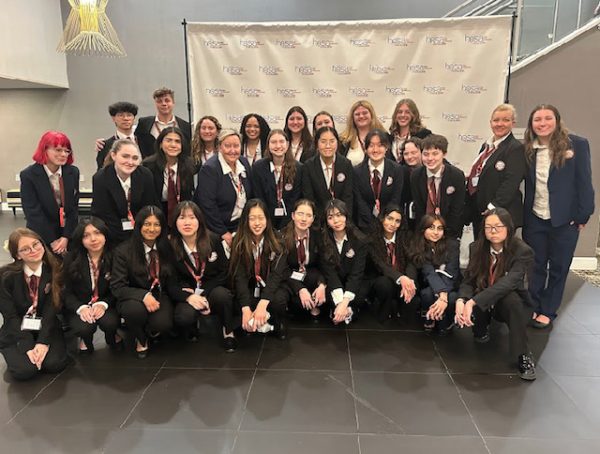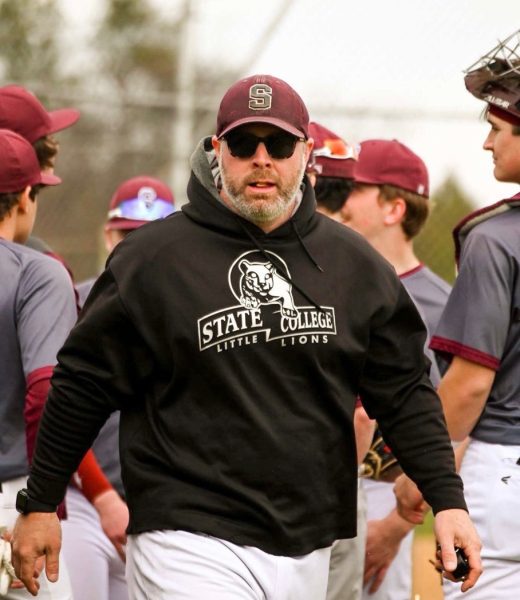The Santa Cruz Community Reacts to the Wildfires
On September 9 at 5:26 pm, this photo was taken of the smoke-filled skies of California.
September 27, 2020
The burning of California forests brought flames, smoke, and tragedy. The beginnings of one of the world’s most dangerous natural disasters grew strong in the early days of August. Since then, the wildfires have only gotten worse.
Kelly Scherf, a long-time resident of Santa Cruz, California, has experienced the most dangerous bit of these fires—she’s watched her community burn down.
“Me personally, I know about 25 people who have lost their homes,” Scherf said. “There were about 1,500 houses that burned. And if you think about that, those aren’t just single people homes.”
Scherf experienced her first encounter with the fires that took place on Aug. 18.
“I heard that the fire was burning one of my favorite places called Big Basin,” Scherf said. “It was close to my friend’s house and reports were saying that it was heading straight for his property. I called him to warn him. The following day, I heard from him as he was racing back to town to check on his property. When he got there, the roads were closed and they weren’t letting anyone in but he confirmed that his house was still standing.”
Scherf explained how it was a devastating 24 hours as the fires burned from the highway to the ocean. Afterward, Scherf instantly contacted others to help buy supplies to help the Santa Cruz evacuees.
As the fires have grown worse over the past few weeks, Scherf explained what she thinks the winter will look like.
“We’re going to have rain, lots of rain in the winter. This is going to cause mudslides. These are going to close our freeways, it’s going to cause accidents, it’s going to cause more damage to property, and it’s dangerous,” Scherf said.
Because of the damage to soil, trees, and plants, mudslides and flooding will likely occur when it thunderstorms in the near future.
“We’re in a climate crisis right now. This is everything that all of the environmentalists have been warning us about for 50, 60, 70 years, and it’s all accumulating.”
Scherf explained how the fires are getting worse every year, and unless actions are taken now to help the environment gain stability, there is no way out.
“Our climate will continue to live,” Scherf said, “but the question is if we want to keep the human species and animals living. And if we do, then we must take major environmental changes, now.”
On the other side of the country, SCASD students may feel that there is no way for them to help stop these wildfires. Scherf claimed that implementing these two things in their daily life is a way to assist the progress of helping the climate: waking up and realizing that climate change is a big problem and donating to wildfire charities.

